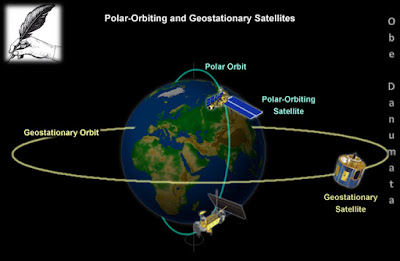What is Memory?
It is
the computer's workspace (physically, a collection of RAM chips). It is an
important
resource, since it determines the size and number of programs that
can be
run at the same time, as well as the amount of data that can be processed
instantly. All program
execution and data processing takes place in memory. The
program's instructions
are copied into memory from disk or tape and then extracted from
memory into the control unit circuit for analysis and execution.
The instructions
direct the computer to input data into memory from a
keyboard,
disk, tape or communication channel. As data is entered into memory, the
previous contents of that space are lost. Once the data is in memory, it can be
processed (calculated, compared and copied). The results are sent to a screen,
printer, disk, tape or communication
channel. The size
of memory is measured by the number of bytes available for use. A
kilobyte of
memory, abbreviated KB or K, is equal to exactly 1,024 bytes. To
make storage definitions
easier to identify, computer users often round a kilobyte down to 1,000 bytes. For
example, ii
a memory chip can
store 100
KB, it is said to hold
100,000 bytes
(characters). A
megabyte,
abbreviated MB, is
equal to
approximately as one
million bytes.
Memory are
of two types :
•RAM= RAM
stands for read only memory. RAM functions as a scratch pad for
the computer and is sometimes called the scratch pad memory.
•ROM= The
ROM contains permanently recorded instructions that are
vital for
starting up a computer. One set of instruction found in ROM is called
ROM-BIOS,
that stands for read-only memory. Any set of programs residing in
ROM is
called firmware.






Comments
Post a Comment